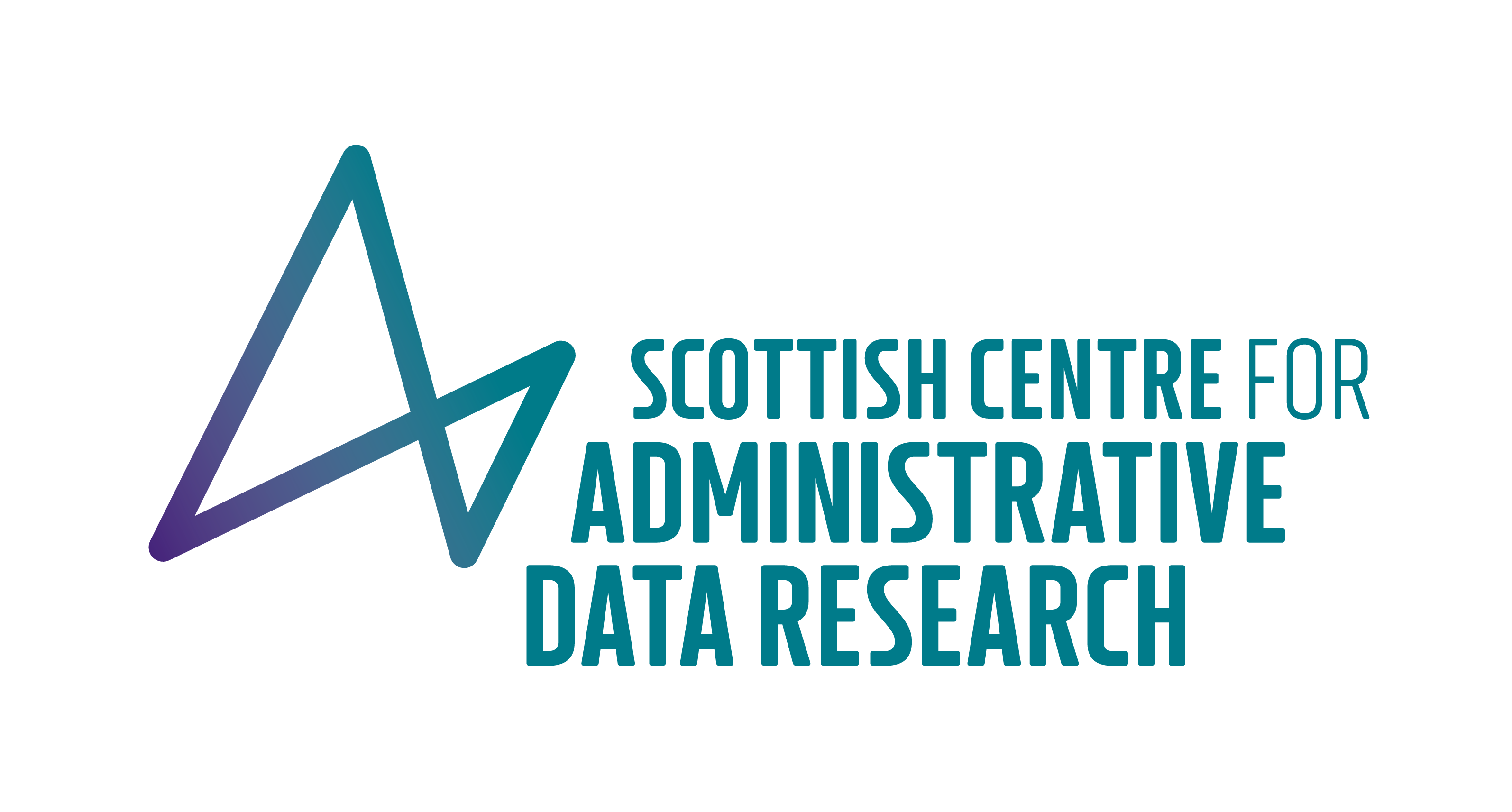BLOG SERIES - Dramatic increase in deaths at home- No.5
Our fifth blog in the 'Deaths at Home' series looks at the six main causes of death recorded for deaths at home during the pandemic, and compares the current figures with the average number of home deaths between 2015-2019.
The latest available data are for the week starting 14 June. The number of home deaths is still above the 2015-2019 average levels. On this occasion we’ll look into causes of deaths over time, and the overall number of deaths by cause since the start of 2020.
The first graph below shows six separate charts; highlighting the number of weekly deaths registered at home and other non-institutional settings for each of the 6 main causes of death:
- Cancer
- Circulatory (heart disease & stroke)
- Covid-19
- Dementia & Alzheimer’s disease
- Respiratory
- Other (this category is everything else not covered by the 5 diseases and includes accidents, injuries and other chronic conditions etc.)

What the data analysis of the 6 charts show:
The solid black line shows weekly deaths since the beginning of 2020 over time, and the grey dashed line shows the weekly averages for the 2015-2019 period.
Looking at each chart we can see that:
- On the Covid-19 chart, it clearly shows three peaks: the one at the start of the pandemic in March 2020, the smaller peak in November 2020, and another peak in January 2021. There were no Covid-19 deaths before 2020, so the historic average is 0 throughout.
- The number of deaths due to Cancer have been elevated since the pandemic started in March 2020.
- Circulatory disease and Other causes had a similar but less pronounced trend in deaths, compared to Cancer.
- Dementia/Alzheimer’s disease had a lot of variation throughout the year, but the smallest increase in deaths at home.
- In contrast, with deaths due to Respiratory disease, the numbers in 2020-2021 are fairly close to the average numbers, so it is hard to see if that represents an overall increase or decrease compared to the 2015-2019 average numbers.
To get an overall picture we can look at the bar chart showing the total number of deaths registered at home or other non-institutional settings, grouped by cause of death.

What the data analysis of the bar chart shows:
The bar chart above shows the total number of deaths at home since the start of the pandemic, with the solid vertical lines showing the average number of deaths in 2015-2019 during the same period. Deaths due to:
- Cancer increased the most
- followed by Other
- and then Circulatory causes
- with Dementia/Alzheimer’s disease having the next increase
- and finally Respiratory causes, still showing an increase but to a lesser degree.
What next?
We are currently working on a linked data study where we will be able to look into causes of death at home during the pandemic in more detail.
Further Information
Please contact our Health & Social Care research group if you wish to discuss any of the content of this blog.
Collated data made openly available with thanks to National Records of Scotland: https://www.nrscotland.gov.uk/statistics-and-data/statistics/statistics-by-theme/vital-events/general-publications/weekly-and-monthly-data-on-births-and-deaths/deaths-involving-coronavirus-covid-19-in-scotland
This article was published on 05 Jul 2021





